Thinking back, there were a few times when my best friend(s) were white. I grew up in Minneapolis, whose population was no greater than fifteen percent Black. The block I grew up on had a dozen kids close in age, most of them white.
During the summer, I burst out the back door at 9:00 a.m. every morning and ran down the alley to go to Lyle’s house. Lyle had a basketball hoop attached to his garage, he owned a soccer ball, whiffle ball, and plastic bat, and his mother always served Kool-Aid when it got hot. When it rained, we played baseball with Topps baseball cards and a deck that described every activity (fly out, ground out, double, home run, etc). I would compile statistics at home at night, keeping up with batting averages, earned run averages, and league leaders in home runs.
Lyle, Mark, and Danny were my best friends from first through sixth grade, though I also had Black friends, mainly from the church I attended across town. It wasn’t uncommon for Black people to come from all parts of town and the suburbs to head to the Black parts of town to attend church on Sunday and then head back to their integrated neighborhood. Lyle, Mark, and Danny didn’t attend Field Elementary, a predominantly white public school, like I did. They all went to different private schools. I didn’t give it a thought at the time.
We became distant as time went on. I went to high school across town, taking the city bus. I got involved in athletics and spent much of my time outside of school looking for a pickup game of basketball or playing the board game Risk with some new friends from school. Danny moved out of town and I barely saw Mark and Lyle, even during the summers. These relationships lasted as long as they did because of proximity, similar interests, and the willingness to work through problems. Lyle was the least athletic in our group but owned most of the equipment needed to play games. Sometimes, he literally took his toys and went home, but we worked through the ups and downs to achieve goals because we genuinely liked each other.
I can’t recall that any of us ever discussed race. The one time I remember it making a difference was the day Martin Luther King Jr. was assassinated. When word of his shooting was announced, my mother ran down the alley where I was playing basketball at Mark’s and insisted I come “get in the house.” My white friends played on without me. We never fell out; the friendships just faded away over time. At that point in my life, I was comfortable around white people, partially due to my limited understanding of history and the systemic racism I would come to learn about.
In seventh grade, it was my turn to go to a private school, University High, on the edge of the University of Minnesota campus. The following year, University High merged with the public school Marshall High, becoming Marshall-University High, where I continued through my senior year. Many of my friends were white, teammates from football, basketball, baseball, and track. I was almost part of Stuart Anderson’s rock band, but I wasn’t nearly as serious about guitar as I was about basketball, so I think I self-deported from the band. My best friends were Black, including those from church I’d known for years, but I also spent a lot of time with my white friends. If I’d thought about it, I’d have realized how many times a day I engaged in cultural switching — acting one way around my Black friends and another around the white ones.
I did exceptionally well on standardized tests, earning an academic scholarship to Fisk University, an HBCU in Nashville. I think I did so well because I was comfortable with the language that inner-city kids might struggle with. I could also speak, read, and write white with my love of reading aiding. Fisk University was ninety-nine percent Black except for Shawn Clements and a girl I only remember by her nickname of “Snow.” I was friendly with them, but neither could be considered a close friend.
After leaving the Blackest environment I’d ever experienced, I had a best white friend again named Steve.
After graduation from Fisk, I accepted a job offer in outside sales with Procter & Gamble in their Professional Services Division. I was based in Jacksonville, Florida, and my territory covered half of Georgia, a corner of South Carolina, and Northern Florida. I was on the road three days a week, Jacksonville seemed rather cliquish, and I found it hard to make friends. I lived in a large apartment complex in a white area with a gym and multiple basketball courts. I was shooting alone one evening when a six-foot-five-inch slender blonde guy joined me. Steve had been a reserve at Florida State and was about an inch shorter than me. We eventually played some one-on-one and assessed each other’s games.
Steve and I grew quite close early in our careers with similar interests. He had an accounting degree and was studying for the CPA exam. I was planning to advance my career with P&G. Steve failed his CPA test twice, but he was blessed with perseverance and eventually passed. We grilled steaks together and watched sporting events. We sometimes went running together and worked out at the gym. We played on YMCA basketball teams together. I was a groomsman at his wedding when he married Betty Sue, and we remained close.
Steve and I did discuss race from time to time. He acknowledged the things he didn’t understand about the world and wondered why people didn’t get along better. Steve gave me a white perspective on current events I didn’t get while at Fisk. I had white professors at Fisk, but except for a history teacher, my white instructors rarely discussed race at a Black college.
You may be waiting to hear how he stopped being my best friend based on a revelation of some hidden racism or event from which there was no recovery, but that never happened. Steve got a job near Calloway Gardens in Georgia, and he and Betty Sue moved away. Those days, the cost of long-distance calls was prohibitive, and we’d chat briefly occasionally to check in. Our relationship eventually faded to Christmas cards and a couple of visits each way. I soon moved to Orlando, and we stopped crossing paths.
Quoting Richard Pryor’s character Mudbone, “The point is that there is no point.” Race doesn’t have to determine friendships and outcomes or be a factor in every element of our lives unless we let it. Even those like myself, who often write about and focus on race, inequality, and man’s inhumanity toward man, can have good white friends and not let things get in the way. I’ve had it happen the other way, where a friendship fell apart due to racism, but it was the exception and not the norm. Befriend who you like, or love who you love in the case of interracial or same-sex relationships. If you know who you are, you can associate with whomever you want, feeling free to ignore those who might judge you.
I have several professional relationships with white people today; some I consider friends, but none I consider “best friends.” I don’t rule it out as a possibility. Who knows what the future may bring? We will see!

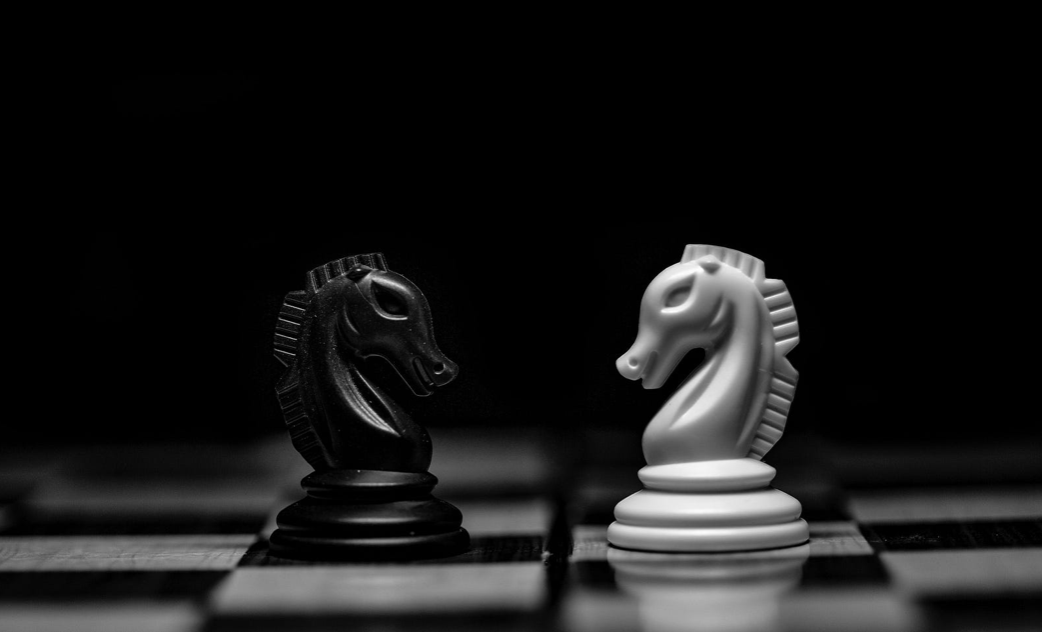

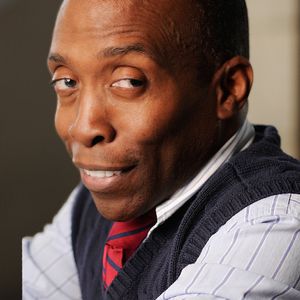

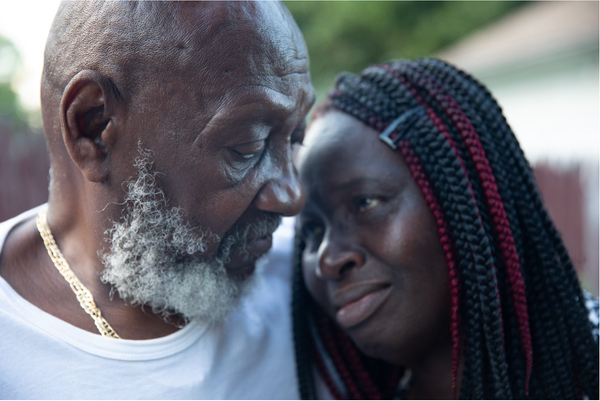

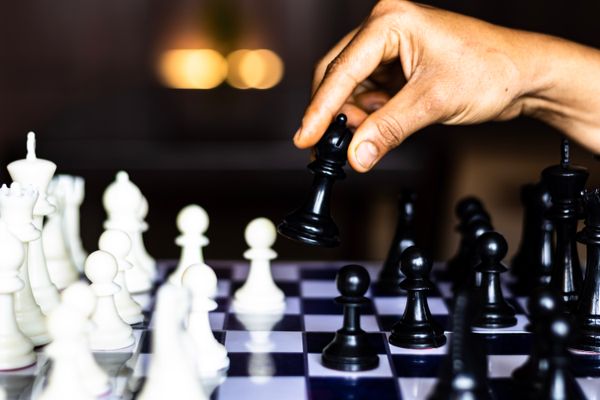
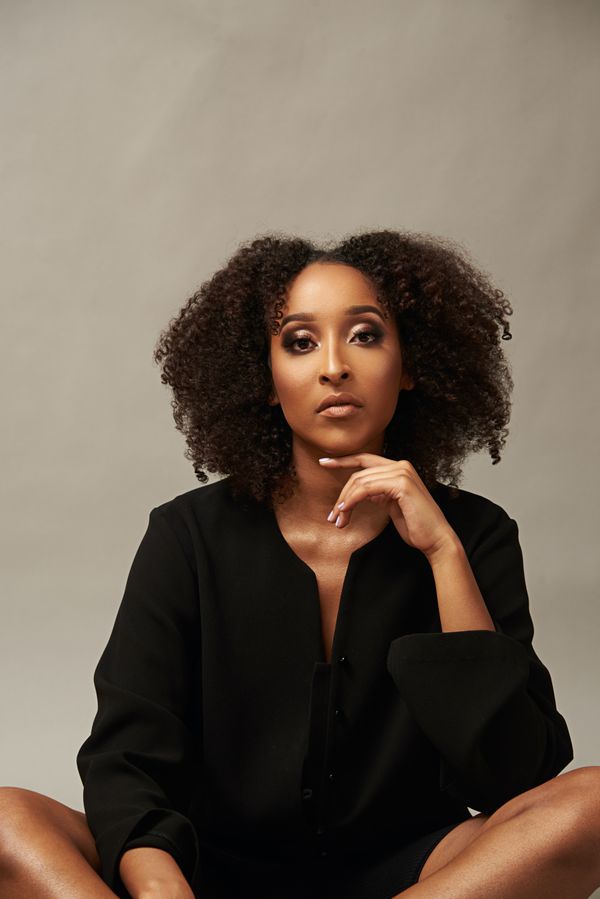
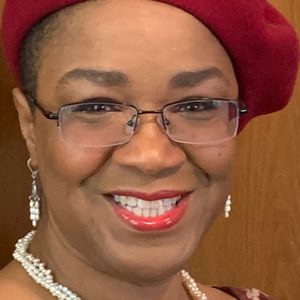
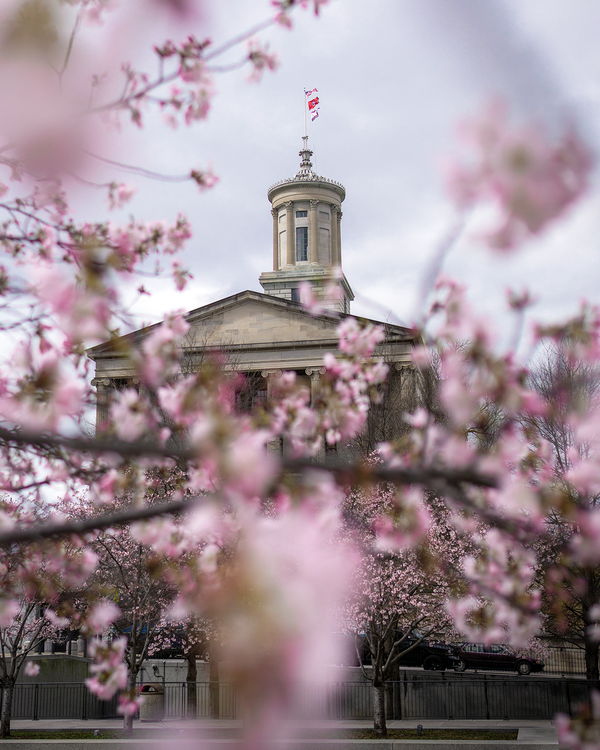

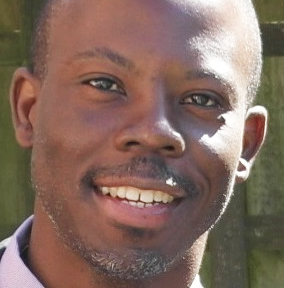
Member discussion